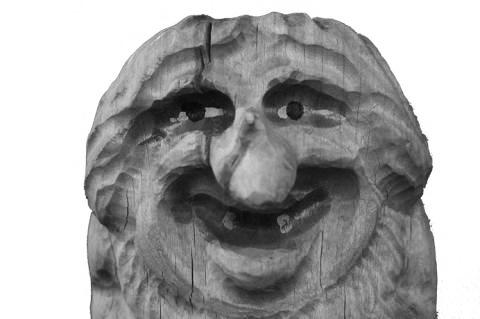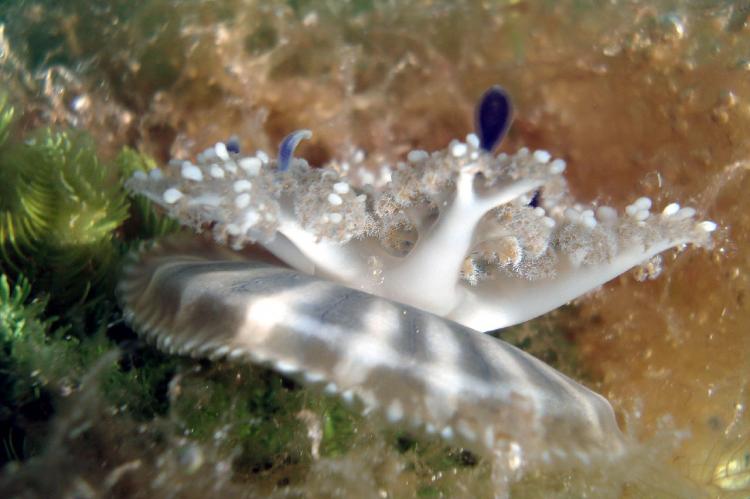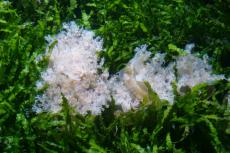Jellyfish appear to sleep - and they have no brain
The upside-down jellyfish Cassiopea observed to exhibit sleeplike behaviour — the first animals without a brain known to do so.
Sleep is older that the brain
Sleep has been observed in many vertebrates, and there is a growing body of evidence for sleep-like states in arthropods and nematodes. For the first time reasearchers from CalTech have been able to show that sleep is also present in Cnidarians, the phylogenetic group that includes jellies and coral and which first arose some 700 million years ago, making them some of Earth’s first animals.
Results indicate that Cassiopea has a sleep-like state, supporting the hypothesis that sleep arose early in the metazoan lineage, prior to the emergence of a centralized nervous system.
It has been reported that cnidarian soft corals and box jellyfish exhibit periods of quiescence, a pre-requisite for sleep-like states, prompting the researchers to investigate whether sleep is present in Cnidaria in general.
Within Cnidaria, the upside-down jellyfish Cassiopea spp. displays a quantifiable pulsing behavior, allowing the scientits to perform long-term behavioral tracking.
Ergo it must be sleeping
Monitoring of Cassiopea pulsing activity for consecutive days and nights revealed behavioral quiescence at night that is rapidly reversible, as well as a delayed response to stimulation in the quiescent state.
When deprived of nighttime quiescence, Cassiopea exhibited decreased activity and reduced responsiveness to a sensory stimulus during the subsequent day, consistent with homeostatic regulation of the quiescent state. Together, these results indicate that Cassiopea has a sleep-like state.
Upside down
The medusa usually lives upside-down on the bottom, which has earned them the common name. Cassiopea are primarily photosynthetic because, like most corals, they host zooxanthellae in their tissues. They are found in warmer coastal regions around the world, including shallow mangrove swamps, mudflats, canals, and turtle grass flats in Florida, and the Caribbean and Micronesia.



